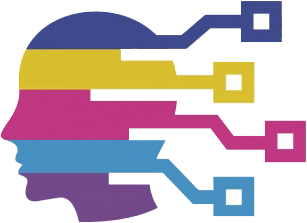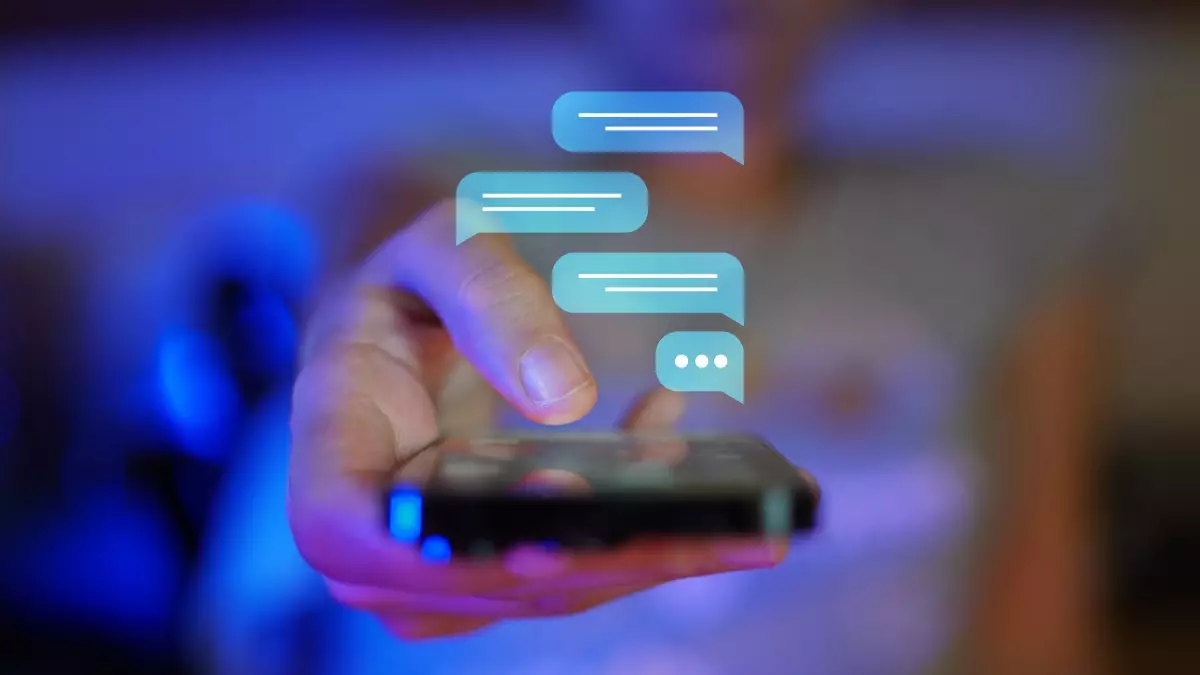In an era where synthetic media is becoming increasingly sophisticated, the debut of tools like Mockly signals a dramatic shift in how we create and perceive digital content. Unlike earlier, clunky fake message generators plagued by confusing interfaces and malicious links, Mockly stands out by prioritizing usability. Its streamlined design and support for 13 platforms—ranging from popular messaging apps to social networks—make it accessible for a broad user base, from casual pranksters to content creators. This ease of use breaks down barriers that previously made fake conversation generators a niche, often frustrating experience. The platform’s ability to produce believable dialogues, from Instagram comments to Discord chats, opens new avenues for creative expression. Yet, this accessibility presents an underlying question: does convenience trivialize the potential for misuse?
Potential for Harm and Ethical Concerns
While Mockly’s user-centric approach is commendable, it inadvertently fuels a complex web of ethical dilemmas. The realistic rendering of fake conversations can easily deceive unsuspecting viewers—particularly on platforms where users are already skeptical of screenshots. The risk of this technology being exploited for malicious purposes is profound. Disinformation campaigns, blackmail, and defamation become more feasible when almost anyone can craft convincing but fake interactions at will. The fact that Mockly, and similar tools, mostly mimic how conversations appear on web interfaces—rather than mobile apps—does little to curb these risks, as screenshots remain a powerful means of spreading misinformation. Moreover, fake image generation isn’t entirely new; what’s changing is the democratization of this power, placing it into the hands of people lacking technical expertise but with malicious intent or reckless curiosity.
Balancing Innovation with Responsibility
Despite its potential downsides, the advent of tools like Mockly underscores the inherent duality of technological progress. The same tool that can birth viral memes or harmless pranks can also be weaponized to spread falsehoods or damage reputations. As users and developers, there’s a moral imperative to strike a balance—advancing innovation while implementing safeguards against misuse. Society must cultivate digital literacy that teaches caution when interpreting message screenshots, regardless of how authentic they appear. Equally important is ongoing dialogue among technologists, ethicists, and policymakers to develop regulations and ethical guidelines that address the realities of synthetic media. In the end, the power of Mockly and similar tools should serve as a reminder that technology amplifies human intent—be it creative or malicious—and that ethical stewardship is essential to harnessing its true potential.

